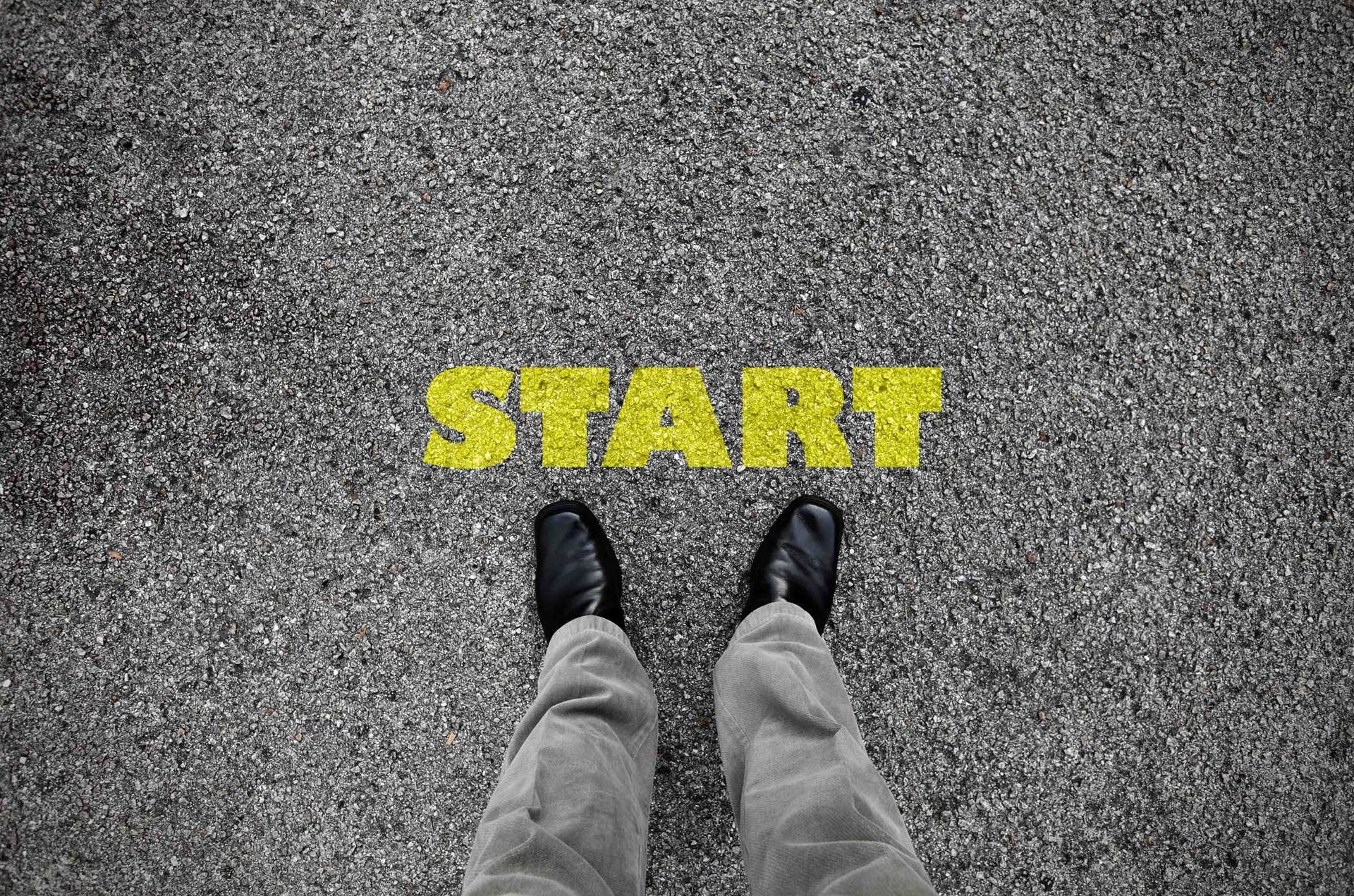How To Implement The Process Of eLearning Content Creation
Learning is the process of acquiring knowledge, skills, and values. Learning needs to be planned and evaluated. It can be measured, and its effectiveness can be assessed. A quality system needs to be in place that monitors and evaluates the learning process. The same goes for eLearning.
In terms of training, eLearning refers to the delivery of training materials through electronic media, such as the internet. It is the use of information technology in an instructional setting. Training can be provided via computer, video, audio, or other means. The quality of training materials depends on the format used for delivering them.
It provides the same kind of knowledge that is required for people to perform their jobs. It allows for improvement in the skills and knowledge of an individual, and it helps in developing skills that will enable them to contribute to the organization or profession that they are working for. An organization will save a lot of money by investing in eLearning, as it helps in reducing the cost of training and maintaining a trained workforce.
How To Build Content For eLearning
Content is the primary element of eLearning. It should be developed through a process that follows certain guidelines. In this regard, it should be clear what information is being shared and how it will be used. This should be clearly defined from the beginning.
And this can only be achieved by using a planning tool that is capable of identifying content needs and the areas that need to be covered in an eLearning course.
With a planning tool, one can identify topics or areas of interest, establish a target audience and the skills or knowledge required to learn. The user will need to choose topics that will make the most sense to them and, at the same time, they will need to provide them with enough information so that they can engage with the content.
For example, if one wants to learn about managing a business, then they will need to consider all aspects, such as finance, marketing, production, and others that are involved in running a business.
Once content has been identified, then it needs to be converted into learning objects for an eLearning course. The process involved in developing content for an eLearning course includes:
1. Defining The Audience
This involves defining the audience for your eLearning course. You will need to identify who you want to provide this course for, as well as their role within the organization. It is important that you understand who these people are and how they will benefit from this eLearning course, which will help you to identify what kind of content you need to create for them.
2. Developing The Learning Objectives
This involves developing learning objectives that can guide learners in how they can complete their course and, at the same time, give them information about how they will be assessed for completing their course.
These objectives will provide them with knowledge and skills so that they can learn from your course and it will also serve as a guide for their development as learners. They will need to do something in order to get better at what they are doing or improve on an existing skill or knowledge that they have.
These objectives should help them to learn from your course by providing a framework within which they can work toward achieving their goals, getting better at what they are doing, improving their skills, and gaining new knowledge and skills.
3. Creating The Course Design
The design of the course will depend on the kind of content that you want to share with learners. The design will also depend on the kind of delivery medium that you are using for your course.
For example, if you are using video, then you will need to consider all aspects, such as how you will manage the video files, when and where they will be uploaded, and whether or not they will be available in different formats. The design should help to provide learners with an experience that is similar to what they would get in real life.
You can also consider using different delivery methods, such as PDF materials, webcasts, presentations, and others, depending on what is most appropriate for your learners. This will provide them with an interactive learning experience that is more relevant to them.
This may help them to learn better because they can interact with their peers during live sessions, which would make them feel like they are in a classroom where there are other learners who are also taking part in this eLearning course.
4. Evaluating The Learners
This involves evaluating the learners for their progress in completing the course. You will need to measure their performance in relation to what they have learned. This will help you to determine how effective your eLearning course is. It will also help you to identify what kind of content needs to be updated or revised so that it can provide learners with more relevant information.
How To Make Online Learning And Training Interactive
There are various aspects that can be considered in the process of making an eLearning course interactive.
These include visual support for an online course, interactive exercises that help the learner to gain a better understanding of a topic or concept, facilitating discussions through the use of an online forum where learners can interact with each other and with the trainer, using games and quizzes to provide a fun learning experience, and providing a dynamic platform that will allow learners to track their progress and achieve specific goals.
Online learning and training are a big investment in time and money. If one wants to succeed in an eLearning course, then they need to have the right attitude toward it.
In summary, eLearning is a process that involves the development of content, planning for its delivery, and evaluation of the learning process itself. It provides a way for organizations to invest in new skills without incurring costs for training new employees or maintaining old ones. The process of creating content and planning for its delivery and evaluation of the learning itself is what makes eLearning a viable and effective method of training.









